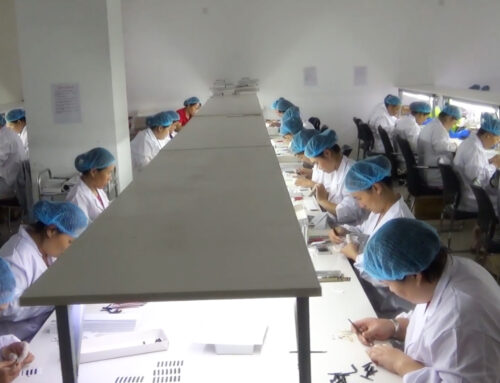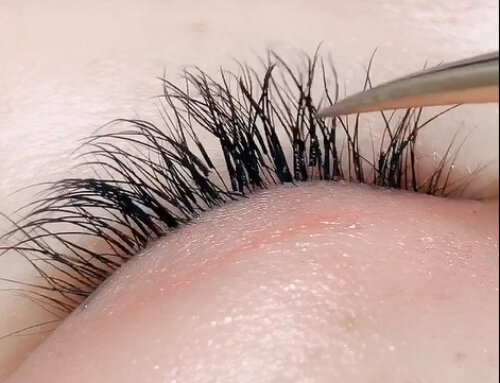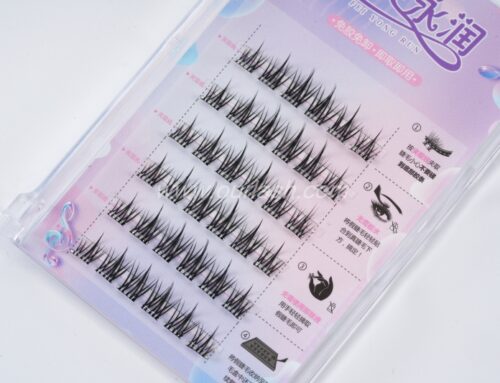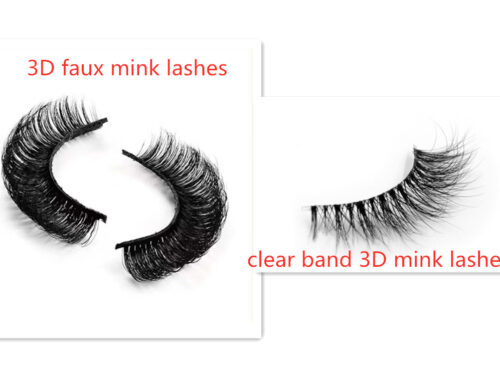Many people have acne skin problems, there is often a kind of argument is “too many mites on the skin caused by”, need to remove mites. Today OUR LASH want to take you to seriously understand of microorganisms on our skin.
Before we talked about the skin, we will talk about the structure of the skin, epidermis, dermis, subcutaneous tissue, and then we will talk about the structure of the epidermis in more detail, the basal layer, the spinous layer, the granular layer, the transparent layer, and the cuticle layer. Those who often read the articles will also know that the cuticle layer of the skin also has a weakly acidic protective film, the sebaceous membrane.
You think that’s what skin is all about? No, if you zoom in on the skin, there’s another very important community on the skin, which is the skin surface micro biome, the skin surface microbes.
The latest research on skin has begun to call for the use of skin bacteria as the outermost layer of skin, because the number of bacteria living on the skin is very large, according to statistics, the average normal skin has 60,000 to 80,000 bacteria per square centimeter.
So even if you have a small face, there are hundreds of thousands of bacteria living on your face. The bacteria and fungi that live on the surface of our skin feed mainly on skin metabolites such as sweat and sebum, but some of them also break down and excrete much smaller substances as food. Yes, there is not only one kind of bacteria on human skin; there are more than 20 kinds of common bacteria, which are divided into permanent skin bacteria and temporary skin bacteria.
Skin resident bacteria: grow and reproduce on the skin to complete the life cycle.
Transient skin bacteria: from the surrounding environment, temporarily live on the skin, after a period of time can disappear.
It should be noted that when people are born, their skin is sterile. But soon after birth, bacteria begin to attach. With so many bacteria on your skin, you might be worried. However, if the skin is normal and healthy, it is biologically protective, and infections generally don’t occur and you won’t feel their presence. The bacteria on the skin interact and maintain a dynamic balance, working together to maintain the stability of the skin ecosystem. In addition, the normal flora can also help the skin resist foreign pathogen infection. But if the skin is not healthy or because of some reasons, it is also possible to appear imbalance of bacteria leading to the proliferation of some pathogenic bacteria and even foreign bacteria invade a large number of reproduction and cause disease.
Here are some examples:
- Some fungi obtain favorable living conditions leading to mass reproduction.
- Contact with foreign virulent strains.
- Skin damage, including all kinds of wounds, skin diseases, resulting in epidermal damage.
- Poor resistance caused by incomplete skin development in children will be more susceptible to infection.
- For various reasons, such as decreased skin immune cells or immune deficiency caused by drugs.
- Environmental damage of skin bacteria caused by excessive washing and care.
So what does understanding these microbes mean for our skin care?
OUR LASH (mink eyelash vendors) advice to you is this:
- Do not over clean, excessive cleaning may lead to artificial imbalance of bacteria; especially do not use strong antibacterial mite care products, such as antibacterial soap and anti-mite soap.
- Try not to use products containing preservatives.
The function of preservatives is to inhibit the activities of bacteria, which can inhibit the activities of bacteria in skin care products, so the use of preservatives on the skin will also strongly inhibit the normal activities of bacteria on the skin, and in the long run, it may lead to the imbalance of the resident bacterial community on the skin.
- In the process of skin care, try not to do harm to the physiological structure and physiological function of the skin.
- For damaged skin, patience to repair the skin structure and function is the most important thing.





